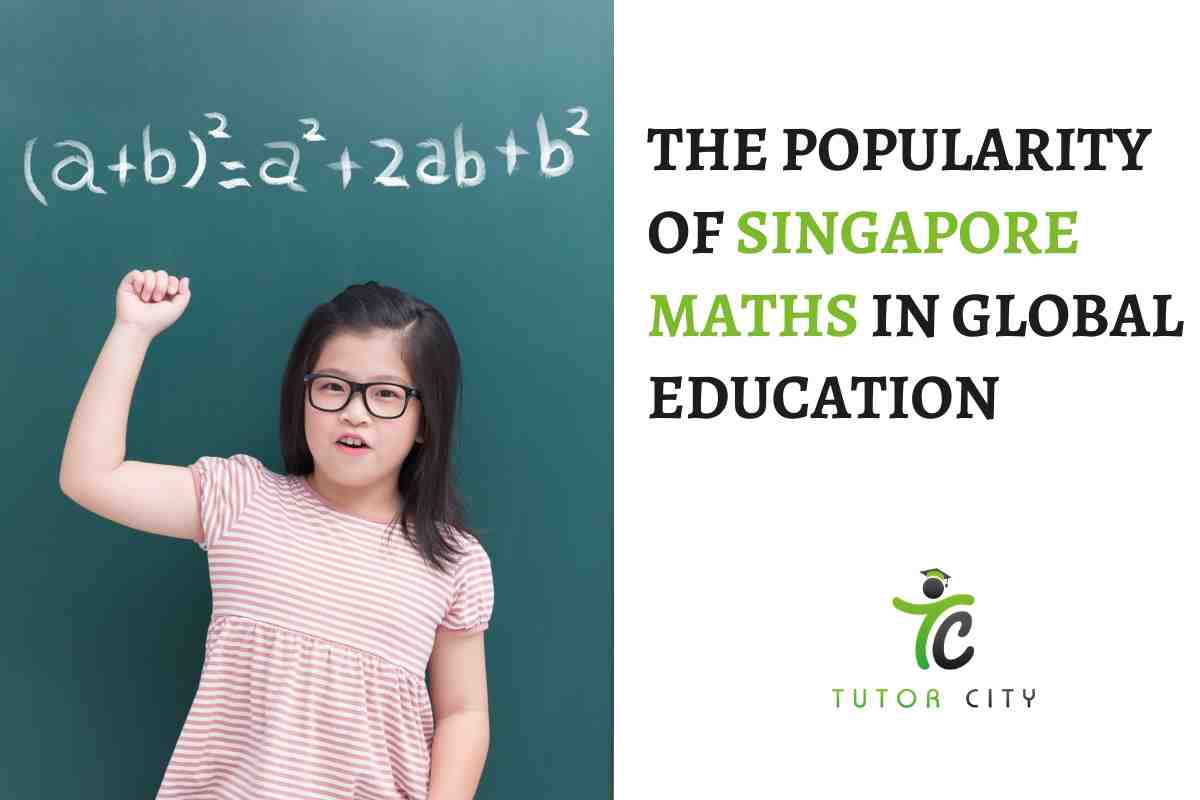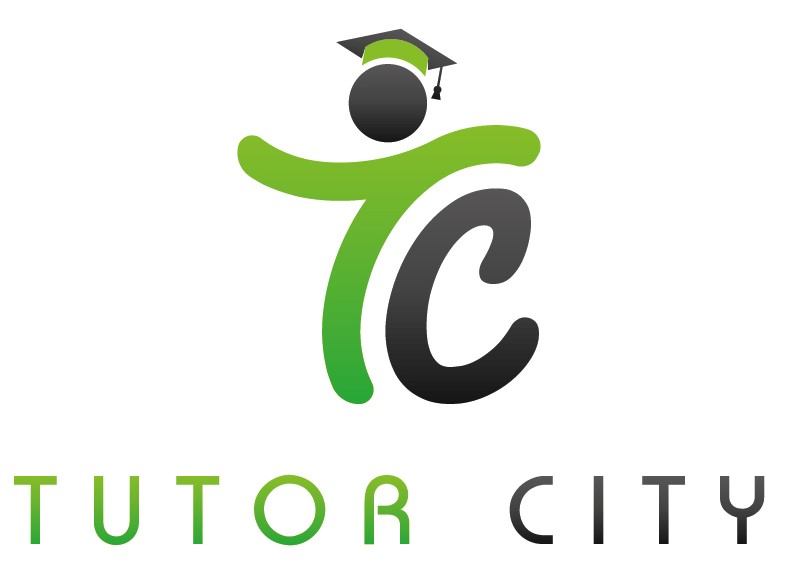
- Published by: Tutor City
- October 05, 2020
- Education
The Popularity of Singapore Maths in Global Education
Math is the cornerstone of modern civilization, and everyone recognizes that it is crucial for a country’s professionals to be proficient in math if the country wants to succeed in this globalized environment.
Math is part of every Singaporean student’s life, but perhaps some residents of Singapore will be surprised to find out that Singapore math is very popular in foreign countries as well.
You may ask, “why is that so?” What is it about Singapore math that makes other countries want to adopt it and incorporate it into their own education systems?
Well, keep reading, and you will find out, but before we get to the reasons, let’s first see what exactly do we mean by the term “Singapore math.”
When was Singapore math created?
Mathematical principles are the same all over the world (that’s what makes math a truly global language). So Singapore math is really just a teaching method that is used in teaching students these universal principles (from kindergarten to Primary 6).
In 1982 the Ministry of Education wanted to move away from teaching mainly theory and focus more on practical problem-solving, so it introduced a new method of teaching math.
Also, before this method was introduced, students learned math from imported foreign books. The old methodology made math seem more complicated than it needs to be, and as a result, many students lost interest.
The new curriculum introduced by the MOE was effective, and the students’ interest and their grades increased significantly. Singaporean students started climbing the ranks and were soon believed to be some of the best in the world in terms of numeracy skills.
This improvement caught the eye of the International Mathematics and Science Society and many other nations. Soon other countries began publishing books explaining the Singaporean method for teaching math, and today various schools in developed countries (USA, UK, Canada, and Israel) use the method to teach math to their students.
Related article: How to prepare for the difficult PSLE Maths questions
Singapore math method was explained.
Students in other nations focus mainly on memorizing theory (sometimes without even understanding it). In Singapore, students develop key practical skills before they are introduced to theory. There is a three-step approach to learning each of the mathematical concepts, and the teachers make sure that the students actually understand what they are learning and aren’t just memorizing it blindly.
According to one theory, which forms the foundation of this three-step approach, humans learn better if they can observe and study the actual material object first before they start learning the abstract ideas and mathematical principles related to the object.
So during the first step, the students can study physical props (such as blocks, dice, pencils, etc.) For example, you can demonstrate the principle of addition at work by putting two building blocks together. After mastering this concrete first step, the child can move on to the second and third ones (pictorial and abstract).
Here teachers can teach mathematical principles with the help of various charts and diagrams. This helps the child visualize the information and understand it better.
The students are given plenty of time to really think about the concepts they are trying to understand. This type of approach to learning creates a foundation upon which they can later build more complex skills.
As for the concepts taught in Singapore math, there are two main types: the concept of comparison and the concept of part-whole. Let’s discuss them one by one.
1. The concept of comparison.
The teacher shows students two things that need to be compared to each other (by comparing the students to see the difference between them). For instance, the question may be, “If John has ten apples and five oranges, how many more apples does he have?”
Students can represent these numbers on a bar chart to visualize this numerical information better.
2. The concept of part-whole.
This concept teaches students what we mean by “parts” and how many parts are required to make a “whole.” For instance, “John has ten apples, and Julia has five apples. How many apples do they both have together?”
In this case, the “whole” would be 15, and a single apple is the “part” the “whole” consists of.
Singapore math and foreign countries?
When the test results revealed that the Singapore method was effective, and the students’ grades greatly improved, 14 countries adopted the method. Fun fact: even the richest man in the world, founder of Amazon, Jeff Bezos (with an estimated net worth of 150 billion USD), uses the Singapore math method to teach his children math. And it is easy to see why he decided to do that. The test results speak for themselves. The Singapore method works; it enables the learners to master the concepts and solve problems easier, so the rest of the world wants to adopt this effective strategy.
However, the methodology is not quite as easy to transplant into the education systems of other countries. One problem is that foreign teachers lack the training that would enable them to employ the method effectively. So, just buying textbooks is not enough. If the school wants to teach Singapore math to their students, they need to invest in teacher training as well. But once the teachers learn how to do it, any student from any country can benefit from this method.
In fact, the Singapore math textbooks were trialed in 70 primary schools in the UK a few years ago. The study (conducted by the University of Oxford) discovered that British children had greater success in dealing with math problems once they have been taught using the Singapore method. British teachers also said that this style of teaching boosted students’ motivation and engagement.
As a result of this successful experiment, the British government has invested over 40 million pounds in training math teachers. It is estimated that approximately 8000 schools will adopt the Singaporean way of teaching math over the next few years.
So, to conclude, the data shows us that the Ministry of Education came up with a very effective method for teaching the younger population mathematical concepts and principles. And the evidence of the method’s effectiveness has been so undeniable that more and more schools are adopting it throughout the world. Who knows, maybe in the future, the entire world will adopt this method that originated in Singapore.
Read also:
Secondary 1 Maths: 5 Key Differences From Primary School
JC Maths: Finding help when you need
The Complete Guide to the Singapore Mathematical Olympiad
A Singaporean parent's guide to buying Maths Assessment books






